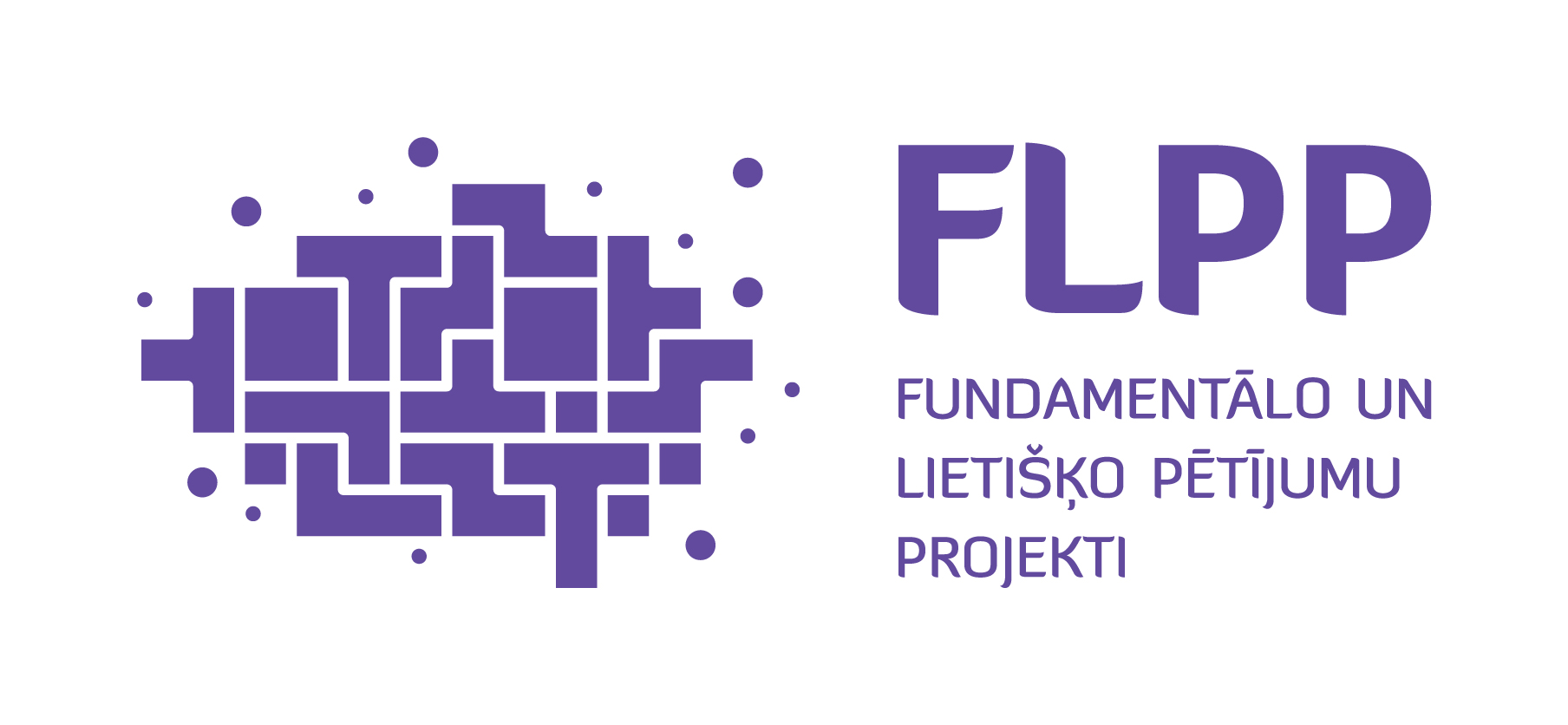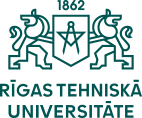
|
|
Projekta publicitātes:
|
|
|
|
Projekta nosaukums:
|
Ģipša un polimēru saturošu būvniecības atkritumu izmantošana paneļu izgatavošanai ar paaugstinātām skaņas absorbcijas un siltumizolācijas īpašībām
|
|
Vienošanās par projekta īstenošanu numurs:
|
lzp-2020/1-0010
|
|
RTU Projektu reģistra numurs:
|
4389
|
|
Struktūrvienība:
|
Būvmateriālu un būvizstrādājumu katedra
|
|
Projekta administrētājs:
|
Būvmateriālu un būvizstrādājumu katedra
|
|
Finansējošais fonds:
|
LZP fundamentālo un lietišķo pētījumu projekts
|
|
RTU loma projektā:
|
vienīgais projekta īstenotājs
|
|
Statuss:
|
Noslēdzies
|
|
Projekta uzsākšanas datums:
|
01.01.2021.
|
|
Projekta noslēguma datums:
|
31.12.2023.
|
|
Finansējuma piešķīrēja nosaukums:
|
Latvijas Zinātnes padome
|
|
Projekta zinātniskais/saturiskais vadītājs:
|
Diāna Bajāre |
|
Projekta vadītājs administratīvajā jomā:
|
Anna Starikova |
|
Projekta kopējais finansējums:
|
|
Projekta kopējais finansējums ir 300 000.00 EUR |
|
Projekta kopsavilkums:
|
|
Zinātniskā projekta mērķis ir izstrādāt metodi inovatīvu būvniecības produktu (paneļu ar uzlabotā akustikas un siltumizolācijas īpašībām) ražošanai no būvniecības atkritumiem (pārstrādāta ģipša (piem., ģipškartona) un polistirēna (piem., putuplasta)). Projekta mērķis ir saistīts ar ES direktīvu (Waste Framework Directive 2008/98/EC), kas nosaka, ka līdz 2020. gadam vismaz 70% no radītajiem būvniecības atkritumiem ir jāpārstrādā jaunos būvniecības produktos un jāatgriež ekonomikā. |
|
Projekta laikā tiks īstenotas sekojošas aktivitātes:
|
Research methodology and approach: To achieve the goals of this Project, research will be organized in several steps. The first step is to create common understanding of gypsum-based and EPS CDW sorting and processing methodology for recycling them into novel building material. Several demolition techniques, techniques for cascade recycling, presenting novel automatized procedures, LCA will be evaluated. Matches between the needs and materials available, and the time component will be taken into account.
The second step is to develop pretreatment methods for gypsum–based materials and EPS CDW with the aim of obtaining raw materials for novel building products.
The third step is development of the composition for the production of the building product, with high sound absorption and thermal insulation properties. Primary focus will be on sound insulation, with thermal insulation properties left as a second feature. Open pore foams are widely used for noise control in fields such as building and transportation, owing to their capability of dissipating sound energy in a wide frequency range. The acoustic parameters of foamed materials are governed by such properties as material porosity, tortuosity, air flow resistance, porosity, pore size and shape. The frequency region up to 250Hz and above 1600Hz will be studied. Pore structure of the foamed gypsum is closely related to its sound absorption performance because the distribution of pathways in the foams have great influence on the sound energy dissipation.
Three types of panels will be manufactured in the fourth step. The optimal casting method will be developed according to the rheological properties of the composition. At least three prototypes of the panels will be developed and tested according to standards at the laboratory and in the environment stand. The main focus will be placed on the thermal insulation and moisture migration properties, but other physical and mechanical properties will also be important.
In the fifth step, LCA will be carried out for all prototypes. Initially, the objective and scope of the LCA will be determined, then an inventory will be made to summarize all used materials, additives and manufacturing methods. Then an impact assessment will be carried out using a predesigned method for carrying out LCA for thermal insulation materials and sound absorption materials, followed by the result interpretation and comparison with the results of conventional building materials. Cost analyses will be carried out to study the feasibility and the environmental benefits of recycling the gypsum and EPS from CDW. |
|
Publicēts RTU mājas lapā:
|
04.01.2021. |

